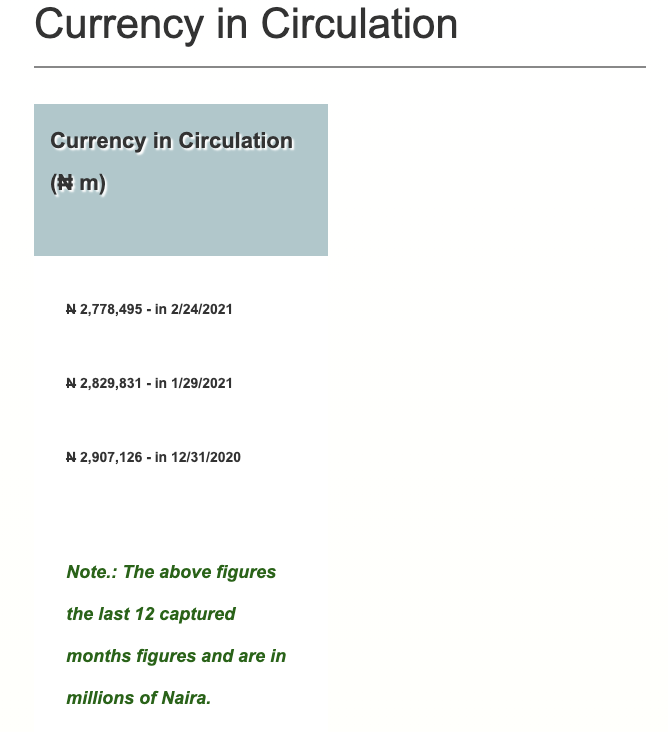How is the Naira printed?
The Central Bank of Nigeria is the main regulatory banking and financial institution in Nigeria. The Naira is the official currency used in Nigeria as a mode of payment and to carry out monetary transactions.
Nigeria Security Printing and Minting (NSPM) Plc. has the sole responsibility of printing Naira notes and minting coins in Nigeria. Sometimes, the CBN can issue overseas companies with the responsibility of printing and minting the naira. However, the CBN maintains overall control of the processes through its Mint Inspectorate offices in the Abuja and Lagos branches of the MSPM Plc.
Once the printing and minting process has been completed, the currency is then issued to Deposit Money Banks (DMBs) through branches of the Central Bank, where unfit notes are sorted through the same channel. Currency deposited in the central bank by the DMBs is processed and sorted into two piles: fit and unfit notes. This is in line with the Clean Notes Policy. The fit notes are re-issued while the unfit notes are discarded.
NSPM Plc. is majority-owned by the government of Nigeria. It is also responsible for printing postal stamps of Nigeria. The company was founded in 1963 as a partnership between the Nigerian government and Thomas De La Rue to print banknotes, postal orders, stamps, licenses, and mint coins. The first factory was located on Ahmadu Bello Way, Victoria Island.
The Central Bank of Nigeria (CBN)
The CBN is the sole issuer of legal tender money in Nigeria. It maintains the control of the volume of money in supply in the economy to ensure monetary stability around the federation. The Currency & Branch Operations Department of the CBN is the institution in charge of currency management, through the procurement, processing, distribution and supply, reissue, and disposal of naira notes and coins.
The amount of Naira in circulation as of the year 2021



Be the first to comment!
You must login to comment